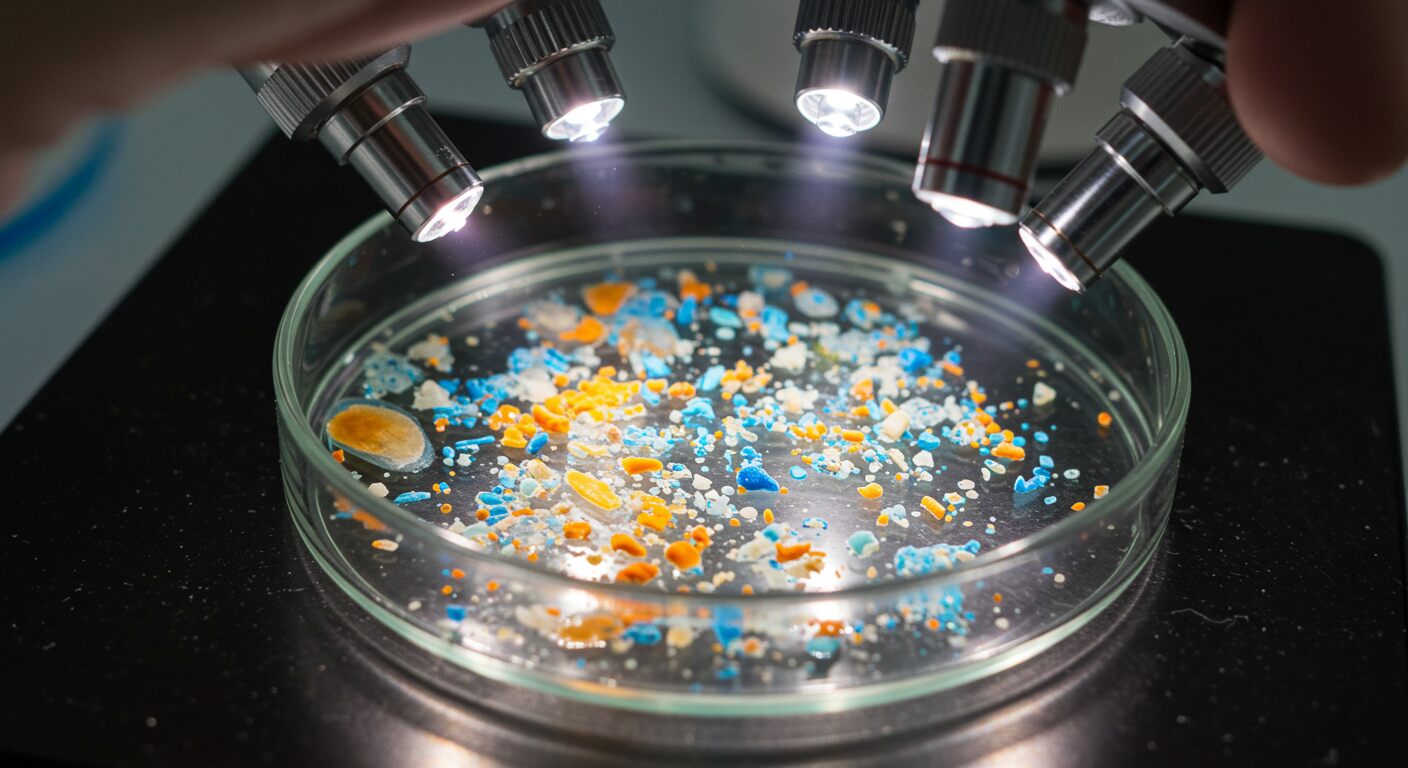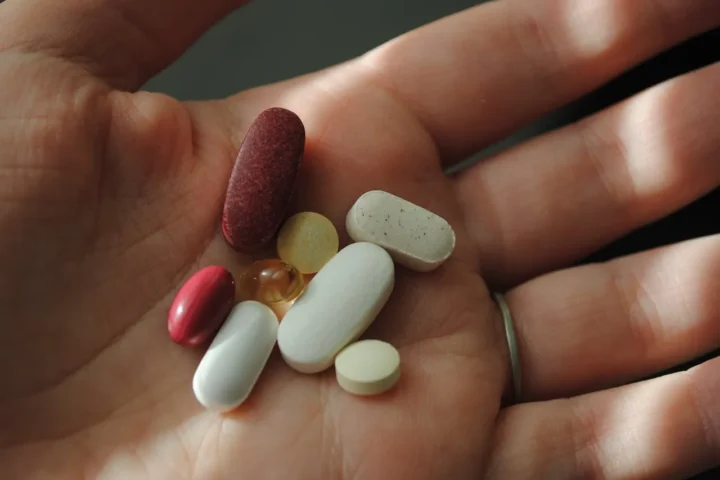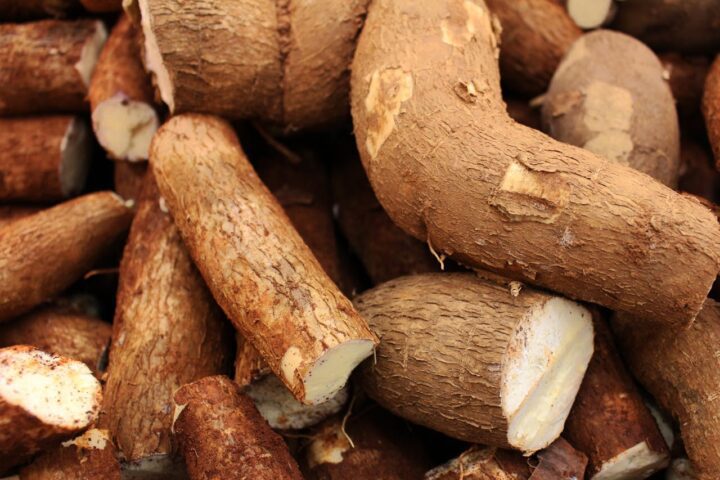Scientists have discovered tiny plastic particles in human ovaries for the first time. This finding has doctors worried about how these microplastics might harm women’s fertility and reproductive health.
In a recent study published in Ecotoxicology and Environmental Safety, researchers examined 18 women undergoing fertility treatment in Italy. They found microplastics in 14 of these women. These plastic bits were found in the follicular fluid – the liquid that surrounds and feeds developing eggs in the ovaries.
“This discovery should serve as an important warning signal about these contaminants invading the female reproductive system,” the researchers noted in their paper.
The plastic particles found were smaller than 10 micrometers – thinner than a human hair. Researchers found an average of 2,191 plastic particles in each milliliter of fluid.
Luigi Montano, who led the study at the University of Rome, called the findings “very alarming.” He explained that when microplastics enter the ovaries, they don’t come alone. They carry harmful chemicals like PFAS, bisphenol A, and phthalates – substances known to interfere with hormones that regulate menstrual cycles and egg development.
“These toxic chemicals use microplastics as a ‘Trojan horse’ to get into the body and into the ovaries,” Montano said. “They’re very dangerous because they can disrupt normal hormone function.”
The study connects to a growing picture of plastic pollution inside our bodies. Scientists have now found microplastics in blood, lungs, placentas, breast milk, and semen. Montano’s team previously found these particles in urine and semen, linking them to lower sperm counts and poorer sperm quality, especially in heavily polluted areas.
Similar Posts:
While men seem more vulnerable to these effects, women face serious risks too. Animal studies show that microplastics can harm ovaries, making eggs less likely to mature properly or be fertilized successfully. The Italian study noted possible connections between microplastic levels and reproductive health in the women they tested.
Cutting down on microplastic exposure isn’t easy since these particles are everywhere – in our food, water, and even the air we breathe. But there are simple steps that might help. Don’t heat food in plastic containers, especially in microwaves. Use wooden spoons and metal utensils for cooking instead of plastic ones. Store leftovers in glass or stainless steel containers. Skip single-use plastics like straws and grocery bags. Even brief contact between plastic utensils and hot food can release harmful chemicals.
Eating organic foods might help too, as pesticides sometimes contain microplastics. Good ventilation at home can reduce the plastic particles you breathe in.
Xiaozhong Yu, a microplastics researcher at the University of New Mexico who wasn’t involved in the study, called it “a very important finding.” But he stressed that more research is needed to figure out exactly how much microplastic exposure it takes to cause fertility problems.
“This is the work for the next phase – we need to quantify,” Yu said.
As scientists continue studying microplastics, one thing becomes increasingly clear: plastic pollution isn’t just an environmental issue anymore. It’s a health concern that might affect our ability to have children, making it a challenge for current and future generations.
The discovery of microplastics in human ovaries reminds us that what we put into our environment eventually finds its way back into our bodies. From the highest mountain peak to the deepest ocean trench, microplastics have been found worldwide – and now they’ve reached one of the most protected and vital parts of the human reproductive system.


















